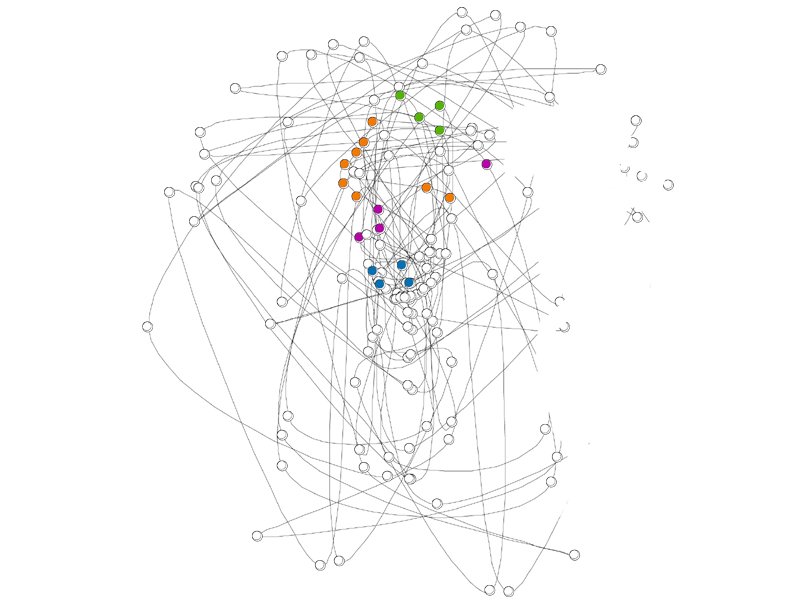
This typified the two-day school science festival which kicked off in Saidu Sharif area of Swat on Tuesday where students put up over 100 science and technology projects, focusing on solving everyday issues.
The largest such festival in the Swat district, the festival was organized at the Khadee Hall by Udhyaana, Swat Education Department and the Pakistan Alliance for Maths and Science. Malakand Division Commissioner Syed Zaheerul Islam inaugurated the festival along, Deputy Commissioner Shahid Mehmood, Assistant Commissioner Shahab Khan, Nazim Ali Shah and District Education Officer Nawab Ali.
A nightingale rises from ashes of Swat's once-thriving music community
The festival, organisers said, was being held to ignite a spark for science and discovery among students in the region.
The first day of the festival saw a large number of students, around 1,500 girls and 5,000 boys, from more than 130 government and private schools of Swat district attend.
Later in the day, teachers, entrepreneurs, science specialists, and government officials visited stalls. Even local MPA Fazal Hakim took the time to visit the students at the festival.
Science fair: Spotlighting the techie side of Swat
A number of interactive displays and live experiments were showcased which involved robotics, hydraulics, electrical circuits, and easy-to-understand math guides, were conducted by students and six science organisations from across Pakistan, including Learn-o-Bots, Stemmers, Numerica, Pakistan Science Club, AZ Corps and Sabaq.
Organisers said that Swat had been on the receiving end of extremism and violence from 2007-2009. This reduced the opportunities for children of the valley, particularly girls, to access education. Now, with the region recovering from the violence, girls and boys are returning to schools.
However, they said that challenges remain including poor learning outcomes with only 40.2 per cent of students in grade five able to read a story in Urdu or native Pashto. Moreover, only 44 per cent of students in grade five could solve a two-digit division sum.
Published in The Express Tribune, April 18th, 2018.











COMMENTS
Comments are moderated and generally will be posted if they are on-topic and not abusive.
For more information, please see our Comments FAQ